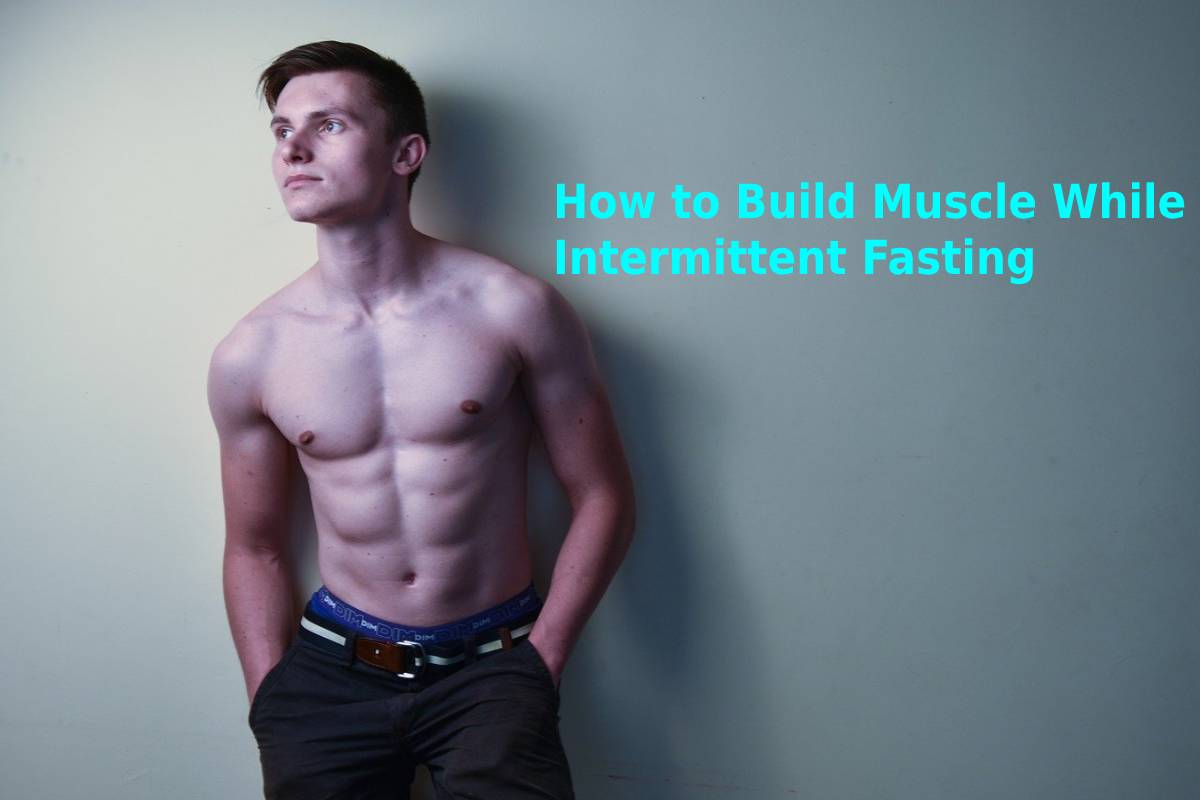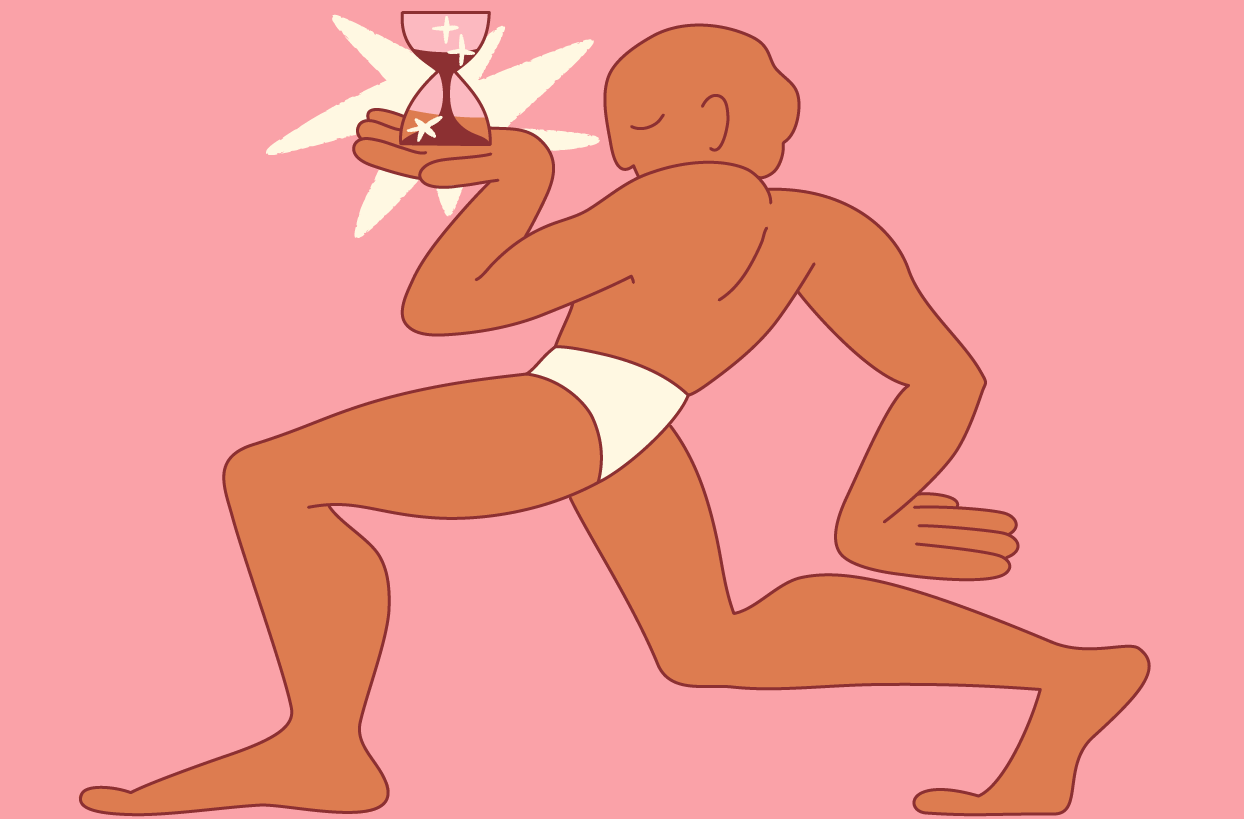

If you’d like to bulk up your muscles, you might think it’s counterintuitive to eat less instead of more. In a way, you’re correct—calorie counting and restricting diets can decrease your overall muscle mass. However, there’s a different way to cut back your eating habits that won’t reduce your muscle mass: intermittent fasting.
Intermittent fasting is a lifestyle, not a diet, and it’s unlike many of the different techniques you’ve tried to lose fat. When you combine fasting with your bodybuilding regimen or exercise routine, you can still experience gains while cutting extra pounds.
Table of Contents


It is a style of eating that circulates between periods when you’ll feast and periods when you’ll fast. You’ll eat the day’s nutrients during your feasting window to fill your body with protein and carbohydrates for energy. Once your fasting period begins, you’ll refrain from eating any food until your next feasting window opens.
There are several types of meal-timing schedules or protocols for intermittent fasting. The most common is the 16:8 protocol, a regimen that extends the natural fasting period you experience while you sleep. Instead of using breakfast to “break your fast,” a 16:8 protocol typically extends your fasting period into the afternoon. You can learn about all the fasting protocols and the way they differ from each other in the intermittent fasting guide.
During your fasting window, a series of reactions occur within your body. Without an influx of food every few hours, critical benchmarkers such as your blood sugar level, insulin level, high cholesterol, and even high blood pressure begin to drop. Intermittent fasting increases your rate of autophagy, a natural cellular process that breaks down old, damaged cells and replaces them with fresh, healthy ones. Also, intermittent is a reliable and safe tactic for shedding unwanted visceral body fat — also known as stubborn belly fat.
The Internet is chock full of misconceptions about intermittent fasting for muscle growth, the foremost being the misbelief that IF will burn muscle instead of fat. There are several reasons why this claim is false.
For one, your body seeks alternative sources of energy while you fast. During intermittent fasting, your body experiences what’s called a “metabolic shift” — a transition where you’ll burn fatty acid-derived ketones instead of carbohydrates. Put, when your body enters a fasting window, your metabolism releases stored fat to use for energy. So, it doesn’t use your muscle tissue.
Moreover, intermittent fasting increases the production and release of multiple hormones responsible for muscle gain and repair. Human growth hormone (HGH), a hormone necessary to increase muscle mass, can increase by 2,000 percent in men and 1,300 percent in women after a 24-hour fast. Testosterone, another hormone required for muscle fiber repair, can increase by 180 percent. Scientists agree that the increased levels of these hormones create optimal conditions for you to build muscle.
But how does intermittent fasting for muscle growth stack up against diets where you count calories? Studies show intermittent fasting can be four times more effective at maintaining muscle mass than a calorie-restricted meal plan. In a controlled experiment that compared fasting to traditional calorie-based diets, the IF group increased muscle by 2.2 percent while the calorie-restricted group only gained 0.5 percent. The fasting group also lost more than double the amount of body fat.
Now that you’re confident intermittent fasting can maintain and increase your muscles. Let’s dive into how you’ll use your fasting protocol for bodybuilding. If you’ve never fasted before, consider a beginner-friendly protocol like the 16:8. Or opt for the 5:2 protocol, where you’ll eat as you usually would five days per week and have two non-consecutive fasting days to test the waters.
Next, carefully plan what you’ll eat during your feasting windows. Aim to consume a minimum of 20 grams of protein per day, through a combination of red meat or tempeh and protein-rich legumes and dairy. Likewise, be sure to drink plenty of water to remain hydrated while you fast. You can fill some of your water requirements through vegetables, like cucumbers, zucchini, and tomato, which contain more than 90 percent water and are rich in minerals.
While the majority of intermittent fasting benefits occur while you’re in a fasted state, you must provide your body essential vitamins and nutrients before you start a fast. Nutrition is especially crucial if you choose to exercise or weight lift during your fasting window. Fasted training is a healthy way to burn fat and build muscle. Especially since muscle-boosting hormones like HGH and testosterone are more freely available as you fast. Researchers believe just 25 to 40 minutes of fasted exercise can increase lean mass.
You must maintain healthy levels of essential vitamins and minerals, such as iron and calcium, while intermittent fasting for bodybuilding. Always err on the side of caution. Speak with your doctor about supplements to decide the safest way to include these essential elements in your diet. When done healthily, intermittent fasting is a lifestyle that can transform the way you grow muscle. When you combine an intermittent fasting protocol with a healthy exercise routine. You can secure your gains and shed stubborn body fat.
In the relentless pursuit of entrepreneurial success, it’s easy to overlook the most vital asset—yourself.… Read More
A barrel sauna isn’t just a visually striking wellness addition—it’s an efficient and highly functional… Read More
Technology is an integral part of most teenagers' lives today. While devices and social media… Read More
LASIK is one of the most popular vision correction surgeries that offers you freedom from… Read More
Plumbing issues can arise unexpectedly, and understanding the costs involved is crucial for homeowners and… Read More
Skin aging is often associated with external factors like sun exposure and pollution, but inflammation… Read More